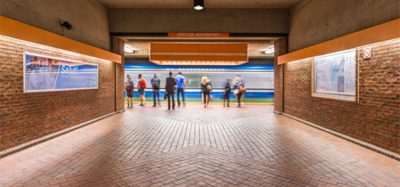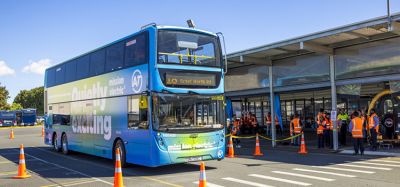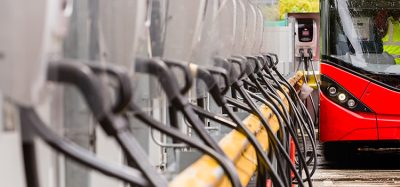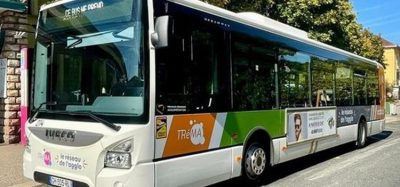Achieving maximum efficiency with Geneva’s TOSA electric buses
- Like
- Digg
- Del
- Tumblr
- VKontakte
- Buffer
- Love This
- Odnoklassniki
- Meneame
- Blogger
- Amazon
- Yahoo Mail
- Gmail
- AOL
- Newsvine
- HackerNews
- Evernote
- MySpace
- Mail.ru
- Viadeo
- Line
- Comments
- Yummly
- SMS
- Viber
- Telegram
- Subscribe
- Skype
- Facebook Messenger
- Kakao
- LiveJournal
- Yammer
- Edgar
- Fintel
- Mix
- Instapaper
- Copy Link
Posted: 22 August 2019 | Thierry Wagenknecht - Technical Director at Transports publics genevois | No comments yet
Thierry Wagenknecht, Technical Director at Transports publics genevois (TPG), tells Intelligent Transport how the TOSA electric bus system in Geneva has moved from the project stage into regular operation, detailing how TPG gets the most out of the batteries that power the buses.
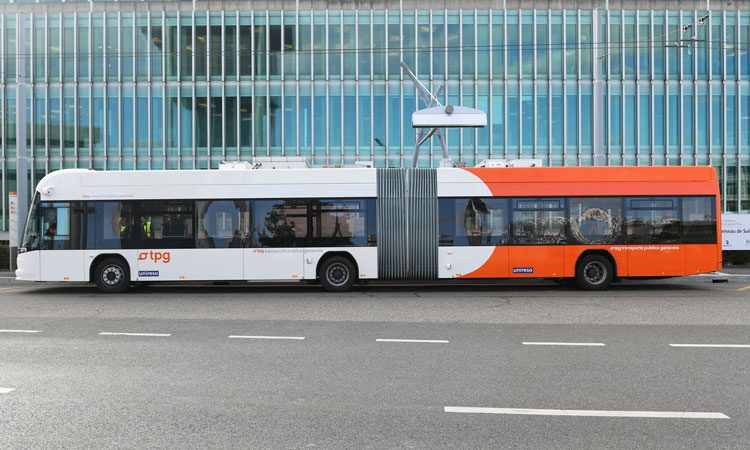

You wrote for us nearly two years ago about TOSA and since then the first line has opened. What has the experience with electric buses in Geneva been like so far?
We launched the TOSA prototype in 2013 at the Geneva UITP Summit, after which it took about five years to launch the first commercial line, running 12 electric buses in conjunction with ABB and HESS. HESS provides the buses and ABB delivers the electrical infrastructure and drivetrain technology. At the beginning of 2018, we launched the first buses and after a year of operation, the electric buses have successfully covered more than 500,000km.
It is important to me that our drivers enjoy the buses because switching to electric is a big change, even if charging is a fully automatic process. The change from diesel to TOSA electric means that the 20 seconds dwell time at certain regular stops are used to partly recharge the buses, which enables us to schedule the terminal dwell time at under four minutes.
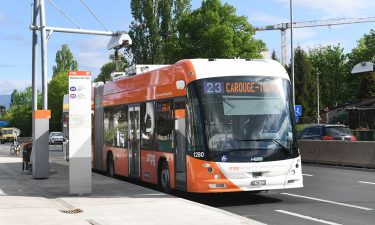

Drivers were initially concerned about missing charging stops…
To begin with, drivers were concerned by the potential consequences of missing one or more charging stops, but they found that missing just one stop was not a problem – the bus would still have enough energy to reach the terminal. This is even the case if there is congestion on the way to the next charge point.
By way of testing this and to see what the driver experience is like, I recently obtained a licence to drive these particular buses in operation. It allows me to have a more complete experience of the buses and ensure that we get direct feedback from the drivers too.
At the end of summer 2018, TOSA progressed from the project stage into regular operation. The more we run the electrical buses, the more data we will be able to collect on their operations. With that data, we gain better visibility of energy consumption throughout the route and can then plan accordingly.
By the end of the year, we hope to tender for 40 articulated electrical buses, with the opportunity to expand even further. Our diesel fleet is Euro V EEV compliant, but we hope to implement electrical technology across the fleet. In fact, our Board of Directors aims to have removed all diesel buses and replaced them with electric ones by 2030.
How does running the TOSA system impact passengers? For example, are there energy considerations that need to be made to ensure that optimal conditions for passengers can be achieved year-round?
The silent operation of the TOSA buses is the most important benefit for passengers. We have had to measure and to adapt the comfort needs of our passengers. The more we test the electrical buses, the more we see that there are areas for improvement, for example ensuring the bus remains efficient while also allowing for auxiliary functions such as AC and heating, which are essential to passenger comfort.
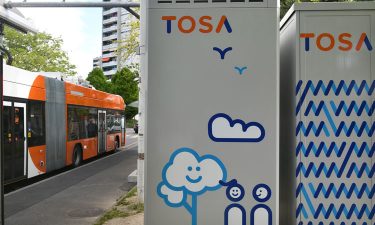

With the new TOSA bus fleet, TPG is better able to define its expectations on smart energy management.
We often think that because we aren’t burning through diesel it must be more environmentally friendly, but we must also consider whether the bus could run out of energy due to the use of these additional functions.
A study was conducted in Switzerland that found that roughly 30 percent of heat was lost merely through opening and closing the doors to the bus. With diesel, you can use heating and AC without limit or restriction, but we don’t have that luxury with an electric bus. We have to ascertain to a much more specific degree than usual exactly what is needed in terms of passenger comfort, and then strive to achieve it.
We’re currently ensuring that the batteries that power the electrical buses are charged to at least 80 percent before they are sent out. There’s an opportunity here for us to optimise battery use as the battery levels are currently always between 70-90 percent of total charge. We can let the charge fall a lower than that without affecting the battery life because the TOSA system uses a Lithium Titanate (LTO) battery with a 10-year lifetime.
With this line and fleet we have a live platform enabling us to better understand the energy challenge and define our expectation on smart energy management. A positive side effect of all these constraints is the ongoing energy efficiency improvement of the comfort systems.
What’s next for TOSA? Will there be more electric buses brought into the system?
Looking ahead to tender at the end of the year, we are confident that we have gained experience and the confidence to continue with the work we are doing. We are under public market conditions and rules, which isn’t always easy, but we don’t want to make our tender too specific and risk driving bidders away.
Today, there are many different electric buses with different charging technologies emerging, and if we want to look to the future, we cannot be restricted to only one solution. The point for us in terms of the tender is how to use the experience we’ve gained in relation to one kind of electric bus in a wide-ranging market that is perhaps moving towards a different solution. The challenge is to meet the standard of charging and in doing so stay open to the bus market – it’s in this way that we will move Geneva’s electric bus system forward.
Biography
Thierry Wagenknecht has been the Technical Director at Transports publics genevois (TPG) since 2005, mainly concentrating on vehicle engineering, purchasing, and infrastructure maintenance. He was a project manager for TOSA electrical bus between 2011-2018, acquiring a fleet of 215 buses and 39 tramways. He was also Chairman of the UITP Bus Committee from 2011-2015 and since 2015, he has been a Member of the Executive Board of UITP and Chairperson of the Bus Division,
Related modes
Bus & Coach
Related cities
Geneva
Related organisations
Transports publics genevois
Related people
Thierry Wagenknecht




